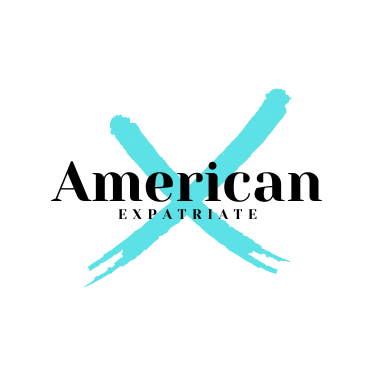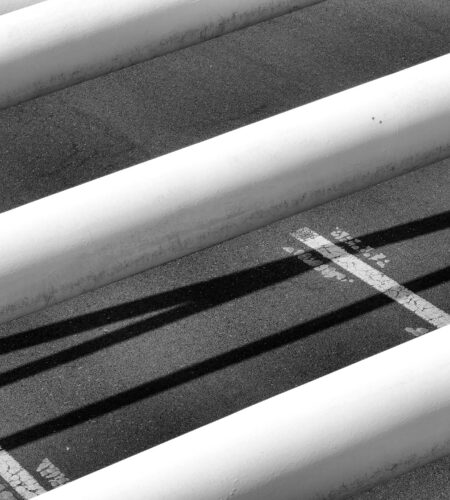Modern infrastructure challenges demand innovative solutions. Property owners face the daunting prospect of extensive excavation, landscape destruction, and significant costs when underground pipes fail. Trenchless pipe lining offers a revolutionary alternative that preserves your property while delivering long-lasting results.
This comprehensive guide walks you through each stage of the trenchless pipe lining process, from initial assessment to final inspection. You’ll discover the advanced techniques that make no-dig repair possible and understand why this technology has become the preferred choice for sewer rehabilitation projects across residential and commercial properties.
Whether dealing with cracked sewer lines, root intrusions, or aging infrastructure, understanding this process empowers you to make informed decisions about your pipe repair needs.
Initial Assessment and Pipeline Inspection
Video Camera Inspection
Professional technicians begin every trenchless project with a thorough video inspection. High-resolution cameras travel through your existing pipes, capturing detailed footage of interior conditions. This diagnostic step identifies the exact location, extent, and nature of pipe damage.
Condition Evaluation
The inspection reveals critical information about:
- Pipe material and structural integrity
- Root intrusions and blockages
- Cracks, joints separation, and corrosion
- Overall pipeline alignment and grade
Feasibility Analysis
Not all pipes qualify for trenchless repair. Technicians evaluate factors such as pipe diameter, access points, and damage severity to determine if pipe lining represents the optimal solution for your specific situation.
Pre-Installation Preparation
Pipeline Cleaning
Before any lining installation begins, the existing pipe requires thorough cleaning. High-pressure water jetting removes debris, roots, grease buildup, and mineral deposits that could interfere with proper liner adhesion.
Access Point Creation
Technicians establish strategic access points, typically at existing manholes or cleanouts. When necessary, they create minimal excavation sites at pipe ends to facilitate equipment access without disrupting your entire property.
Measurements and Materials Selection
Precise measurements determine the exact length and diameter of lining materials needed. Professional crews select appropriate liner specifications based on pipe conditions, expected service life, and local environmental factors.
Liner Preparation and Installation Setup
Liner Fabrication
The flexible liner tube receives custom preparation based on your pipe specifications. Technicians saturate the felt liner with thermosetting resin, ensuring complete coverage and proper chemical ratios for optimal curing.
Equipment Positioning
Specialized equipment positioning occurs at access points. This includes:
- Inversion equipment for pushing the liner through pipes
- Air compressors for maintaining proper pressure
- Monitoring systems for tracking installation progress
- Curing equipment for final liner hardening
Safety Protocols
Professional crews implement comprehensive safety measures, including confined space procedures, ventilation systems, and emergency response protocols to protect both workers and property occupants.
Liner Inversion and Positioning Process
Inversion Technique
The resin-saturated liner travels through your existing pipe using controlled air or water pressure. This inversion process ensures the liner conforms perfectly to the host pipe’s interior surface, including navigating bends and joints.
Pressure Management
Technicians carefully monitor pressure levels throughout the inversion process. Proper pressure ensures complete liner deployment while preventing damage to either the new liner or existing pipe structure.
Position Verification
Advanced monitoring systems track liner position in real-time. GPS technology and video monitoring confirm the liner reaches its intended destination and covers the entire damaged section of pipe.
Curing and Hardening Phase
Heat Curing Method
Most pipe lining installations utilize hot water or steam curing systems. Heated water circulates through the liner, activating the resin’s chemical hardening process. Temperature and time parameters depend on liner specifications and environmental conditions.
UV Light Curing
Some installations employ ultraviolet light curing for faster processing times. Specialized UV equipment travels through the liner, triggering rapid resin polymerization and creating a strong, durable pipe wall.
Ambient Temperature Curing
Certain resin formulations cure at ambient temperatures, eliminating the need for external heat sources. This method works particularly well for smaller diameter pipes and specific environmental conditions.
Quality Monitoring
Throughout the curing process, technicians monitor temperature, pressure, and time parameters to ensure optimal liner performance. Proper curing creates a seamless, corrosion-resistant pipe within your existing infrastructure.
Final Inspection and System Testing
Post-Installation Video Inspection
Once curing completes, technicians conduct another comprehensive video inspection. This final assessment verifies complete liner coverage, proper adhesion, and absence of defects or irregularities.
Pressure Testing
Hydrostatic pressure testing confirms the new liner’s structural integrity. The system undergoes controlled pressure applications that exceed normal operating conditions, ensuring long-term reliability.
Flow Testing
Water flow tests verify that the new liner maintains or improves pipeline capacity. Proper liner installation should not significantly reduce pipe diameter or flow characteristics.
Documentation and Warranties
Professional contractors provide detailed documentation, including:
- Before and after video footage
- Installation specifications and materials used
- Warranty information and service guarantees
- Maintenance recommendations for optimal performance
Long-Term Benefits and Maintenance
Completed trenchless pipe lining installations typically last 50-100 years with minimal maintenance requirements. The seamless liner resists root intrusion, corrosion, and joint separation that plague traditional pipe systems.
Regular maintenance involves periodic video inspections and routine cleaning to ensure optimal performance. Most property owners find these requirements significantly less demanding than traditional pipe replacement maintenance schedules.
This website provides additional resources about advanced sewer rehabilitation techniques and no-dig repair options for various infrastructure challenges. Professional installation ensures your investment delivers maximum value and performance for decades to come.
Understanding the complete trenchless pipe lining process empowers you to make informed decisions about your infrastructure needs. When executed by qualified professionals, this technology provides superior results while minimizing disruption to your property and daily operations.
Subscribe to our email newsletter to get the latest posts delivered right to your email.

